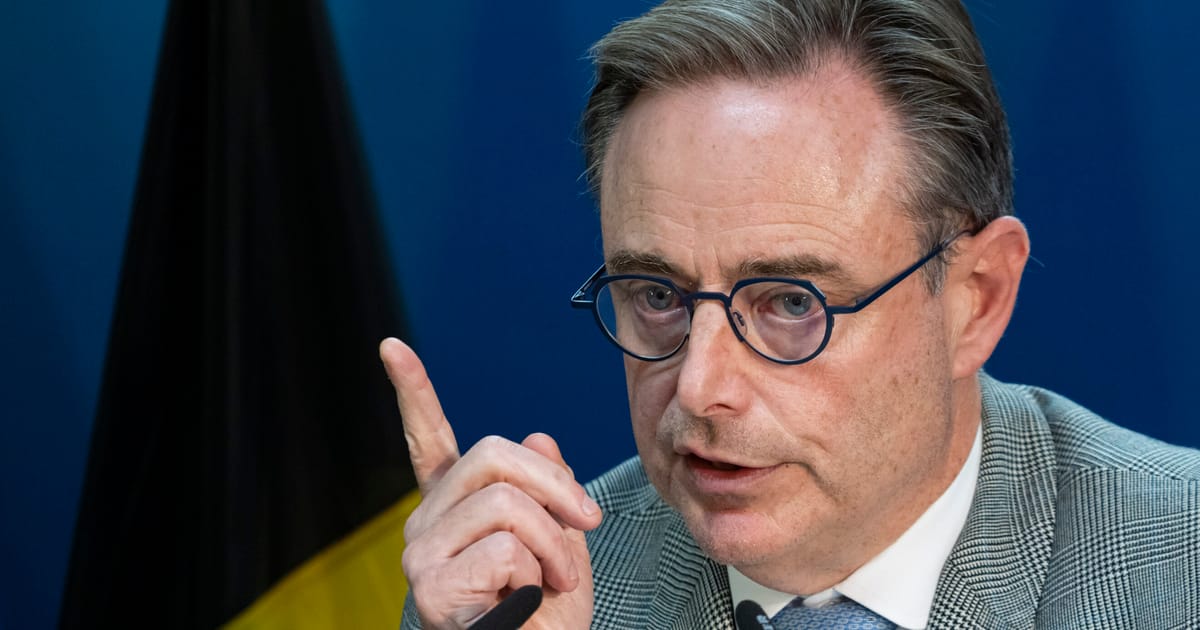“The lack of fiscal discipline [in some EU countries] is so high that I don’t believe that eurobonds will be accepted, certainly by the frugals over the next 10 years,” said Karel Lannoo, chief executive of the influential Centre for European Policy Studies, a Brussels think tank. That’s why using the frozen Russian assets looks like the only game in town. “€140 billion is a ton of money and we have to use it. We have to show that we’re not afraid.”
European governments and the European Central Bank have slowly come round to using seized Russian assets to fund the €140 billion. Initially they were wary, considering snatching another country’s cash ― no matter how badly that country had acted ― legally and morally dubious. But Ukraine’s pressing needs, and Washington’s uncertain approach, has focused minds.
At last week’s summit of EU leaders, however, Belgium’s Bart De Wever refused to budge on the plan, which needs the backing of all 27 governments, forcing the bloc to postpone its approval until December at the earliest.
‘This is diplomacy’
Now the EU is in a race against time on two fronts. First, Ukraine is set to run out of money by the end of March. And second, decision-making of any kind could be about to become far tougher as Hungary looks to join forces with Czechia and Slovakia to form a Ukraine-skeptic alliance. There’s a sense that it’s now or never.
That means Commission officials are engaged in a delicate balancing act to get the assets plan across the line, three EU diplomats said.
“This is diplomacy,” said one of the diplomats with knowledge of the choreography, granted anonymity to speak freely about the plans. “You offer people something they don’t want to do, so they accept the lesser option.”
A second diplomat familiar with the situation was equally dismissive of plan B. “The idea that eurobonds could seriously be on the table is simply laughable,” they said.
